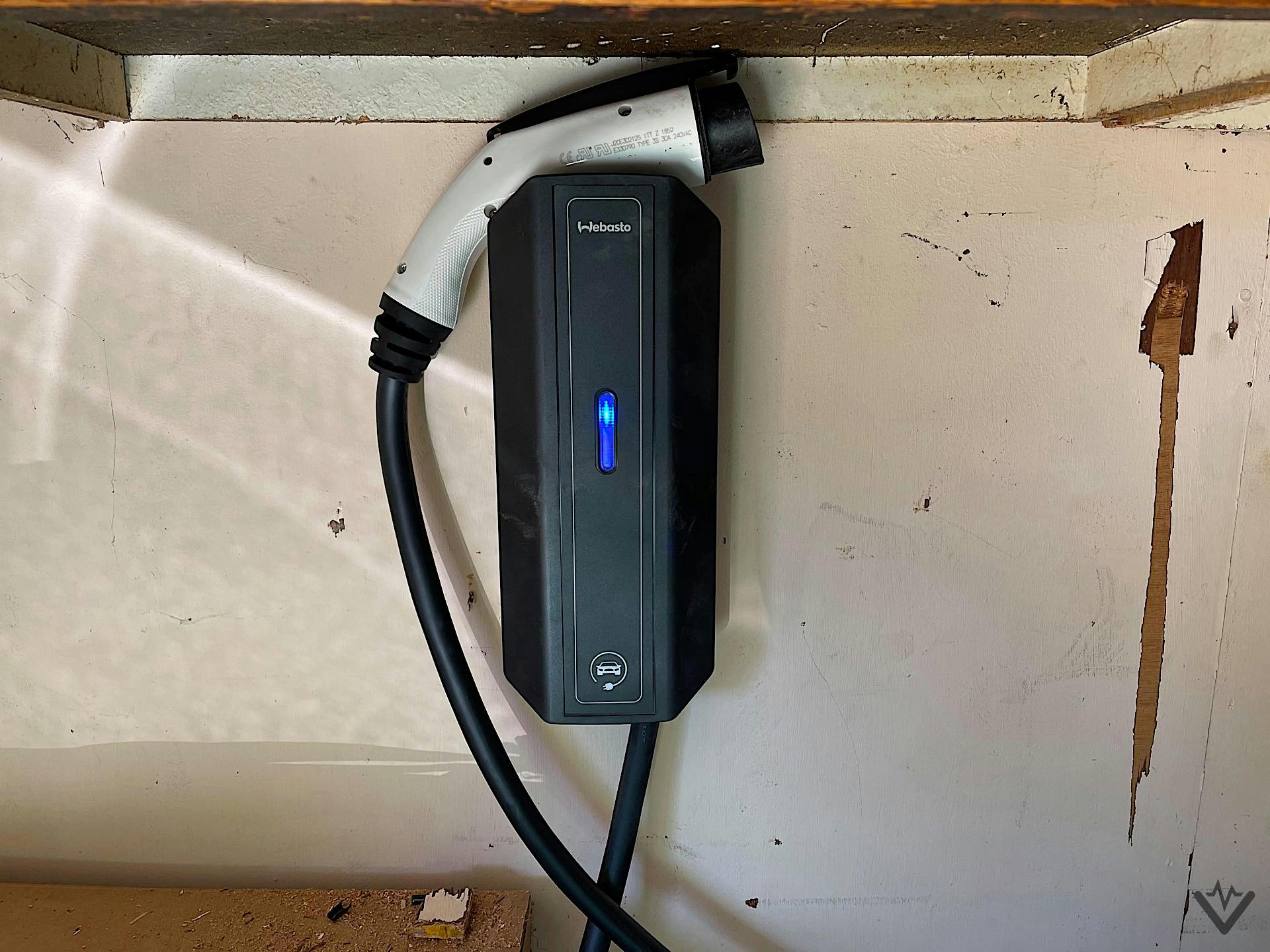Like anything else, there are ups and downs to owning an EV. One aspect we love so much about EV ownership is that you can start each day with a “full tank of gas” (read full charge). This can generally be accomplished by simply plugging your car in every night at home.
But the question remains, do I need one of those level 2 chargers installed at my house if I want to own an EV?
Well, that depends on a number of factors. First, let’s break down the types of charging setups you could have at home, then discuss whether or not you’ll need to invest any money on new hardware or require an electrician to do any work for you.
Level 1 charging (Good)
Easily the most prolific and easiest to understand, level 1 charging is simply using the standard three-prong wall plugs we’re all used to seeing inside and outside of our homes. These plugs are typically the 120 volt, 15 amp variety. While a viable option–and offers abundant availability–the amount of power they deliver leaves a lot to be desired. For example a Kia EV6 plugged into a typical home wall outlet would gain around 4-5 miles of driving range for every hour it’s plugged in–workable, but not ideal.
Level 2 charging (Better)
There are two options to consider with level 2 charging–using an existing 240v outlet with the vehicle-supplied charging cable, or installing an external wall charger. No matter which option is chosen, power delivery to the EV drastically outperforms the 120v option. Again, using the Kia EV6 as an example, onboard 11kW charging capability offers the capacity to charge at home up adding up to 38 miles of estimated range. level 2 is the way.
To install a 240v wall receptacle or hardwire?
Homeowners can utilize an existing or work with an electrician to install a 240v receptacle that’s closeish to their parking spot at home to charge. The two options for this new receptacle are to use the vehicle-supplied level 2 charging cord, or to buy a level 2 charger like this one from Juicebox. The benefit of a plug-in Level 2 charger is that you can take it if you ever decide to move.
(Editor’s note: Automakers are more frequently not shipping their cars with a charging cord, either level 1 or level 2. Additionally, some cars that DO come with a charging cord do only support level 1 charging.)
The hardwired approach offers a cleaner install, tapping directly into your home’s existing electricity and eliminating any external plugs. Juicebox sells a hardwired version of its Level 2 charger also. In the end, it really just comes down to personal preference of plug-in vs hardware, but we do prefer an external level 2 charging solution over the vehicle-supplied option due to overall tidiness and ease of use.
CHECK OUT: The best home EV chargers
No matter what, level 2 is our highly recommended solution due to its faster charging capability. The cost of charging at home is also typically less expensive than public charging options and best of all, you get to start each day with a full charge allowing ample miles for activities.

